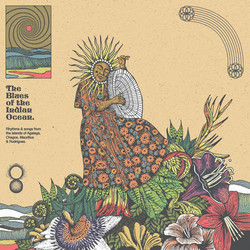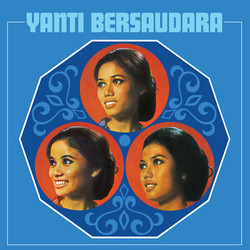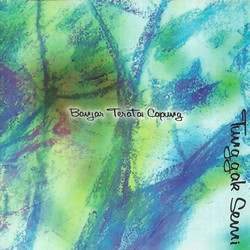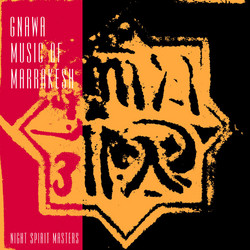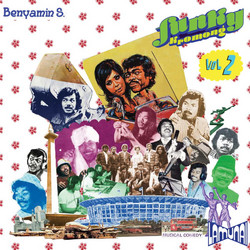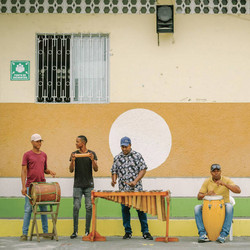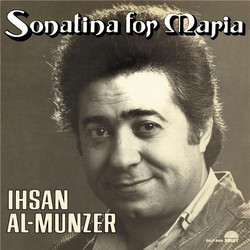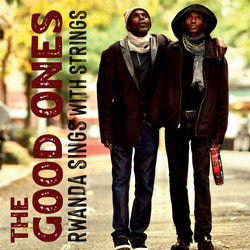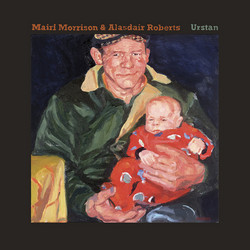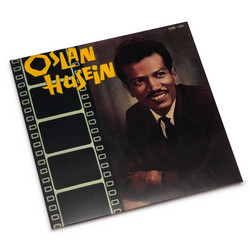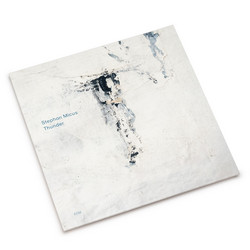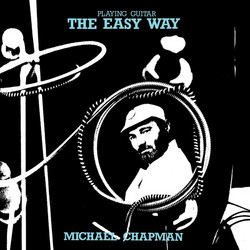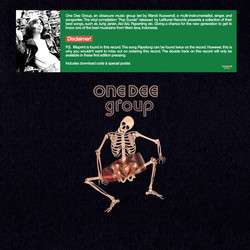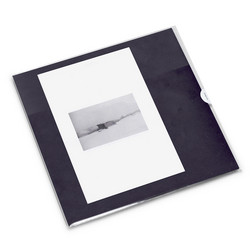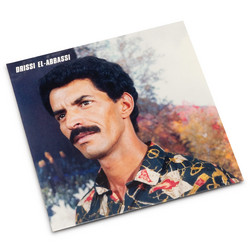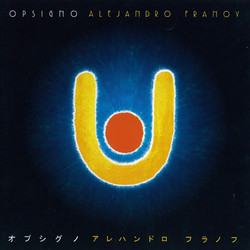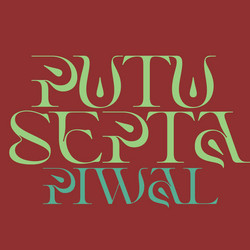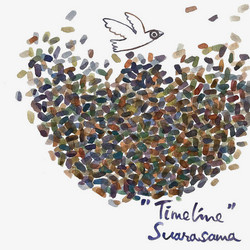M. Mashabi And His Kelana Ria Orchestra
Kafilah Nights: Malay-Arabic Variations From 1960s Indonesia (LP)
In the early 1960s, two of the best talents in the Indonesian music scene, songwriter and band leader Adi Karso, known for his hits "Papaya Cha-Cha-Cha" and "Balonku" and Gambus musician Munif Bahasuan teamed up to form Orkes Melayu (Malay Orchestra) Kelana Ria. Between 1961 and 1964, Kelana Ria recorded 48 songs that were spread over four records, Kafilah, Yam El Shamah, Ya Mahmud, and Ya Hamidah, which become the primary sources for this compilation. These four albums changed the trajectory of Indonesian popular music. The songs and the soulful vocal performance belong to Muhamad Mashabi, who despite the popularity of the songs he created is now largely forgotten, whose history was kept alive only in the neighborhood where he grew up in central Jakarta. With only a short musical career and only nine recorded songs from almost 40 compositions, Mashabi fell by the wayside in the early 1970s, especially with the rise of pop and rock from bands like Koes Plus, Panbers, and God Bless. Yet his songs, inspired by Malay traditional songs but performed in the modern studio setting, lay the foundations for what would become the biggest musical genre in the country, dangdut, especially the kind that was popularized by the self-styled king of the genre, Rhoma Irama.

